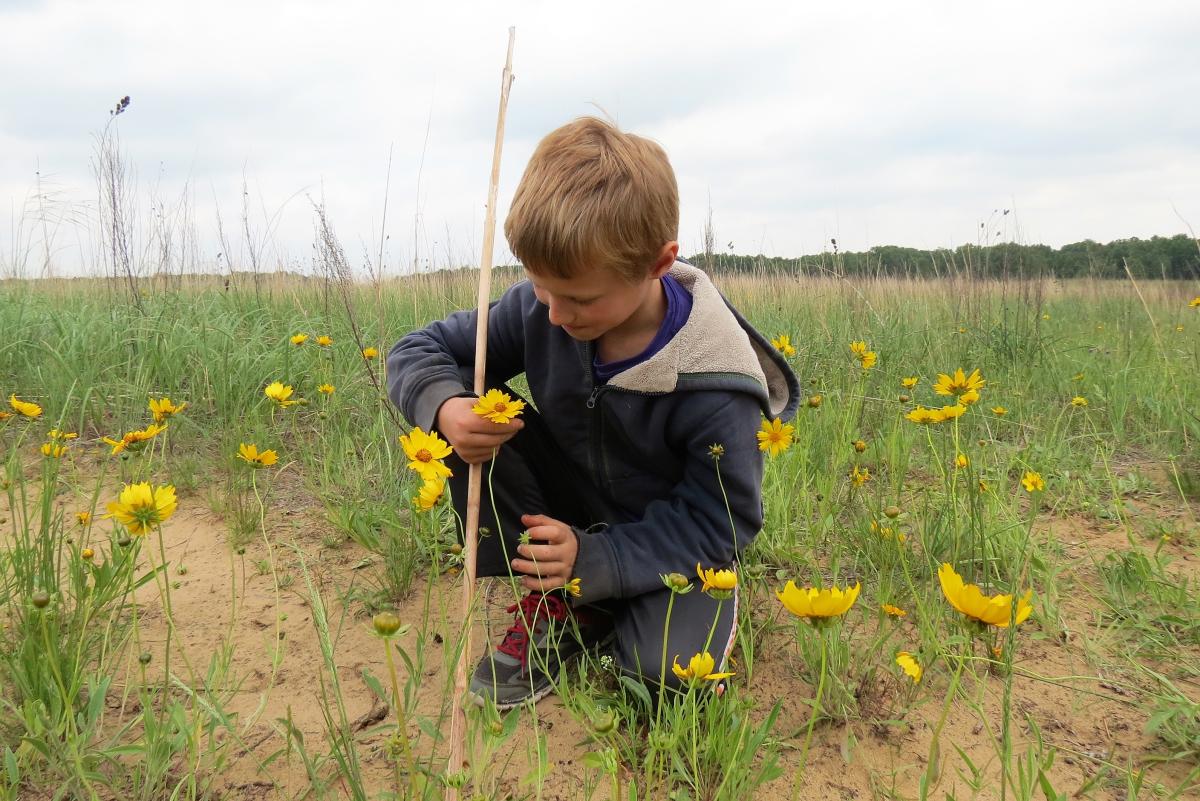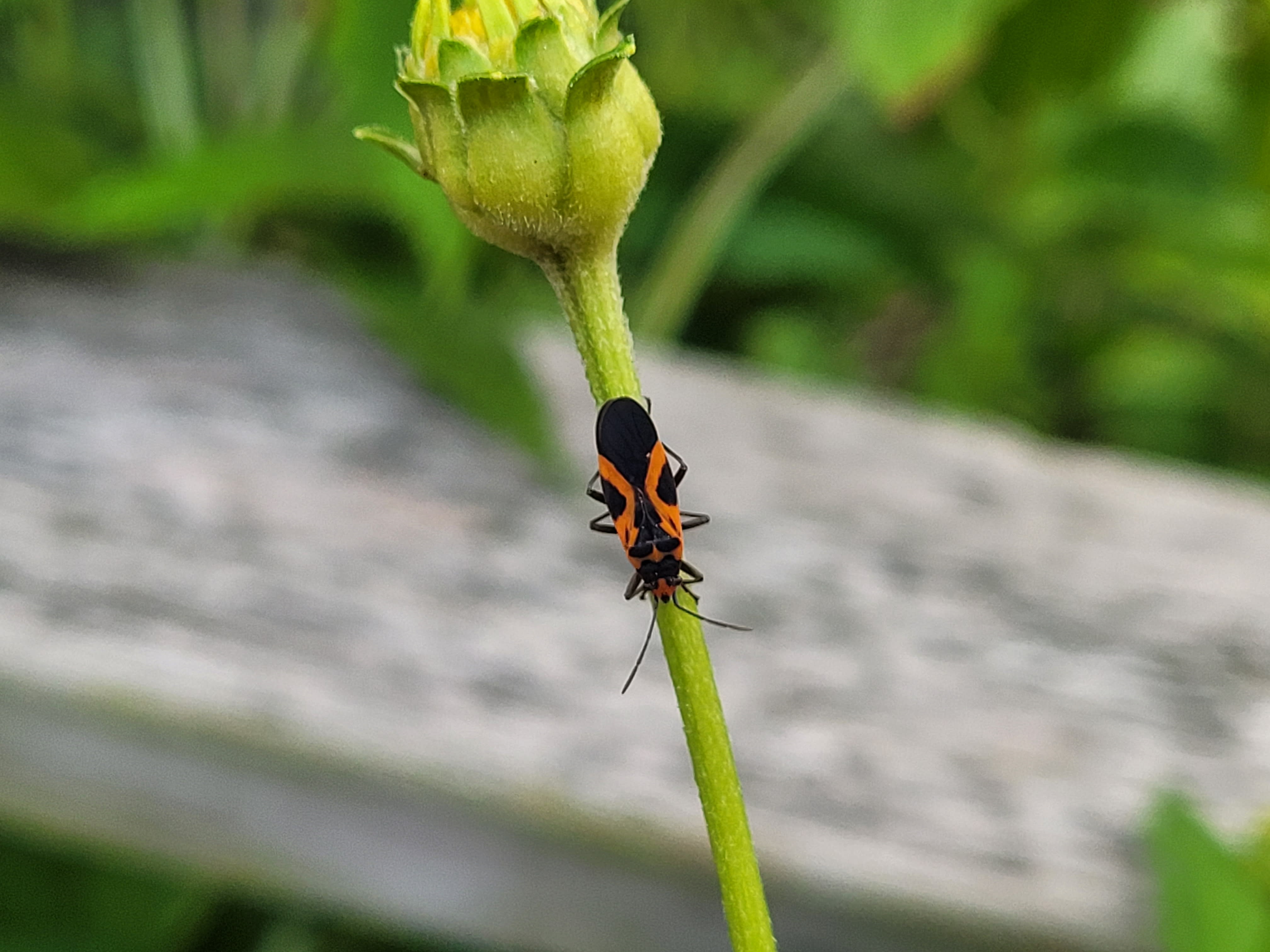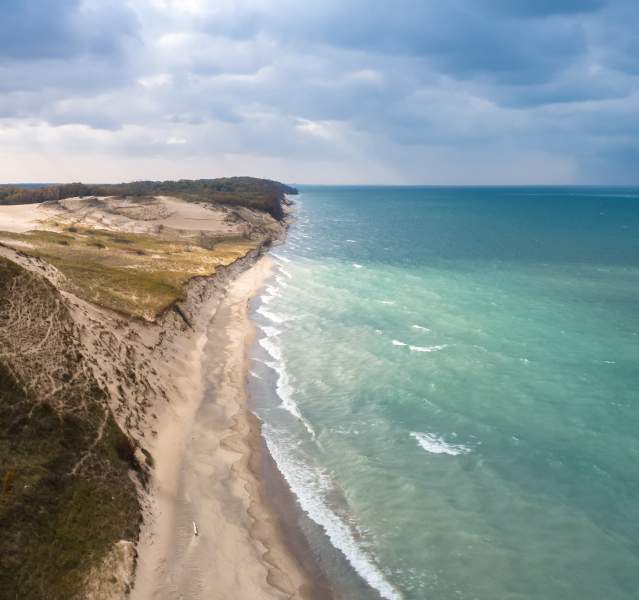In third grade, my teacher Mrs. Curran introduced all 27 of her students to the scientific method. It felt so hard to remember all those steps to the scientific method, and in the right order, but the first one was easy to remember and easy to do: observation.
All I had to do was look at something and watch it? I remember thinking, “This is so fun…I am really good at science!” And it turns out, most kids are really good at science. Give them a plant to look at and they’ll notice the small insect crawling on it.
These days, I’ll need to run and grab my cheater glasses before I can stand alongside them and marvel at the little critter munching away on the leaf, or hidden inside the petals, but their eyes see all those little interactions, and thank goodness for that.

And when kids notice the little insect doing whatever it is doing, they are also witnessing that powerful and important idea of interactions and interdependence. Few books can teach you that, but a stem in the hand is a marvelous teaching wand.
The question, ‘what’s that’ is often asked, and I’ll be lucky if I know the answer half the time! But the great thing is that sometimes we learn more when we don’t know what a plant or animal is named. It causes us to look deeper and harder at the thing and begin to describe it in our minds so that we don’t forget what it looks like.
I have named plants “branching-red-stalk-with-pokey-prickles-that-ripped-my-pants”; “pretty-little-flower-with-four-white-petals-that-look-like-rabbit-teeth”; and “grey-green-grass-with-hairy-leaves”. Next time you go out into the yard, come up with a few descriptive names for the plants you are seeing around you.

And plants aren’t the only thing to observe, not even by a long shot – birds, squirrels, cats, cows, butterflies, ants, clouds, trees, cars, the sounds that insects make, the smells in the air at lunchtime, the way the flag moves in the wind, … it could be a full- time job just observing things!
So grab your cheater glasses and get out there to do some observing. If you happen to have a youngster in your life that you can share the excitement, take them along with you. You’ll see so much more if you do! And oh-the-things they will see and learn!
And when you see or experience something that is so cool and awesome, be sure to share that photo or story with yet another person. Let’s keep science and learning at the forefront of our lives. Because trust me on this, we are all really good at science… and it’s fun too!
The Nature Conservancy’s Kankakee Sands is an 8,300-acre prairie and savanna habitat in Northwest Indiana, open every day of the year for public enjoyment. For more information about Kankakee Sands, visit www.nature.org/KankakeeSands or call the office at 219-285-2184.

